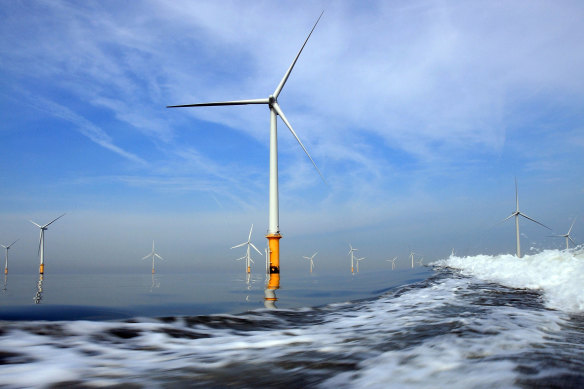Melbourne Airport’s ambitious plan to link Terminals 3 and 4 has finally come to fruition, although a removal of security screening at T3 – home to Virgin Australia – now sees passengers required to walk to T4 for checks before heading back for their flight.
That reconfiguration is a key element of the hub’s $30 million transformation, which the airport described as ‘an elevation to the traveler experience’. The project’s centrepiece is an indoor walkway linking the landside departures levels of Terminals 3 and 4.
Among the other enhancements are greater connectivity between the terminals, in addition to smart security technology, also seen at the Gold Coast and Sydney T3. This time-saving tech allows travelers to keep laptops, tablets and liquids in their bags.
Two extra security lanes have also opened to meet increased demand.
As part of the linkway, the Virgin Australia lounge is now located in the secure airside zone, meaning premium travelers will be able to enjoy the facilities right up until boarding.
Premium screening has also re-opened for Platinum, Gold, Beyond and Business Class passengers from 5-10am weekdays.

Melbourne Airport says its T4 scanners halve the time it takes to go through security.
Melbourne Airport CEO Lorie Argus says the upgrade work – which also includes new amenities at T4 – was much needed, with the terminal receiving no significant works in over 20 years.
“One of the biggest pinch points for Virgin guests has been the security check points, and we expect this change will help improve the experience for passengers as they pass through screening,” Argus explains.
“A lack of space means expanding existing checkpoints to accommodate modern technology was not an option, but we think consolidating the screening operation results in a better outcome for passengers.
Here is a map of the new Departures process…

…and also the Arrivals.

Melbourne Airport says that “under the (T3) reconfiguration, domestic travelers will have more time to relax inside restaurants and retailers before boarding their flights.”
We’d suspect they’ll have less time if they have to walk from the T3 check in desks through to T4 for security screening and then walk back to T3 again – especially if their Virgin Australia flights are departing from the higher-numbered gates 7 through 10 at the top of the T3 pier.
One Melbourne-based frequent flyer told Executive Traveler that he expects that even with the T4-T3 walkway located behind security, that could come close to a 10-minute walk.

The new parents’ room at T3.
That said, there are several upgrades to love, including:
- a more streamlined exit point in arrivals to “intuitively guide guests to outdoor transport options”
- upgraded bathrooms at T3, which include all gender areas, adult change rooms, and assistance animal relief spaces
- a parent’s room featuring “interactive full-length walls so children can play and stay entertained while their guardians tend to other needs.”
As previously advised to executive traveler by a Melbourne Airport spokesperson, Virgin passengers with only cabin bags should check in online or via the Virgin app and head straight to T4, while also pointing out that some Virgin flights depart from T4.
What about Virgin’s promised T3 Premium Entry?
Interestingly, many of these changes – including the inter-terminal walkway and the relocation of T3 security to T4 – were first announced in December 2017 in partnership with Virgin Australia, with work scheduled to begin in 2018 for completion by 2020.
However, those plans included a “kerbside Premium Entry for Virgin Australia’s Business Class guests and Platinum and Gold Velocity frequent flyers, including dedicated check-in, bag drop and security screening features and direct access to the Virgin Australia Lounge.”

The original plan for T3 included private security screening and direct lounge access for Virgin Australia’s premium passengers.
This would replicate the kerbside Premium Entry facilities at Virgin’s Sydney and Brisbane domestic terminals, although both of those remain closed at the time of writing.
Contacted for comment, a Virgin Australia Group spokesman told executive traveler “Our plans to deliver a Premium Entry at Melbourne Airport remain under review amid the global pandemic.”
“We are committed to working with airports to deliver the world-class Virgin Australia guest experience and we welcome Melbourne Airport’s investment in the Terminal 3 transformation.”
Additional reporting by Chris Ashton.


















